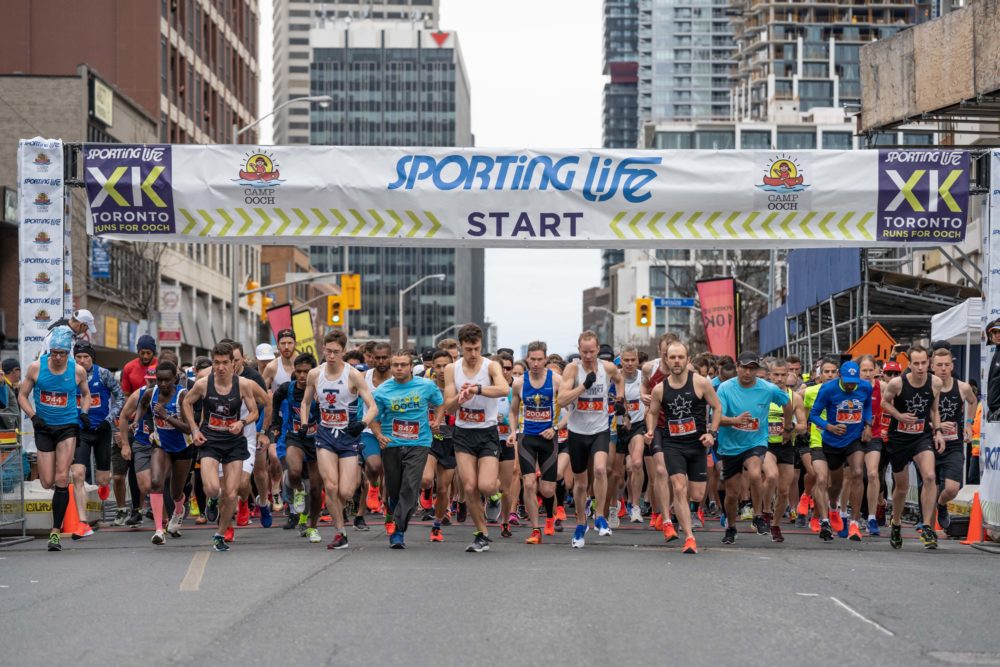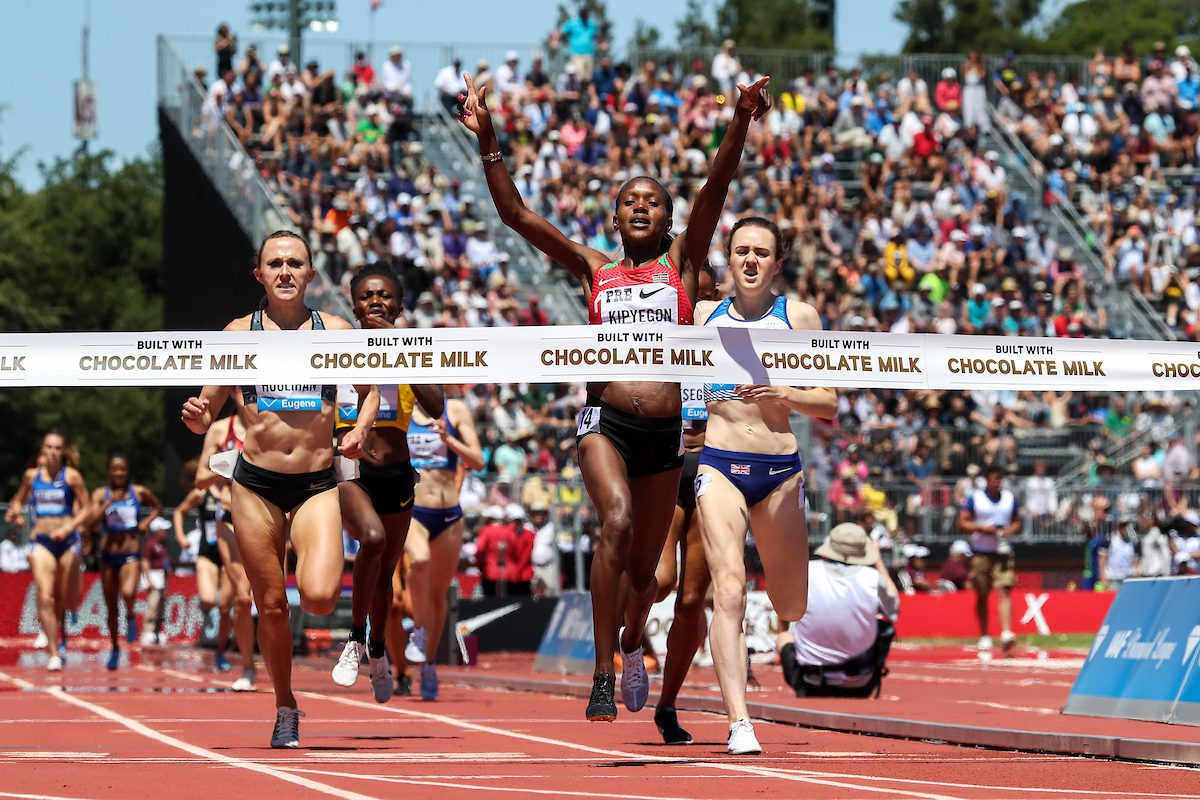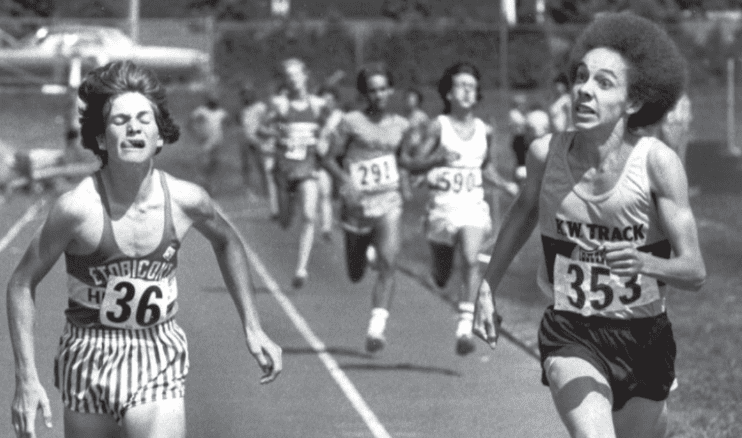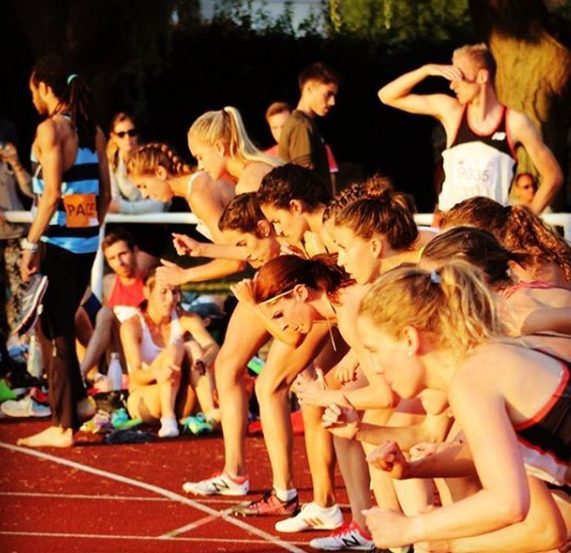Study: how do you predict the winner of a race?
It's not always the fastest runner who crosses the finish line first

When you look at the start line of a race, the person with the fastest seed time is usually the favourite to win. There are countless examples, however, of races where this didn’t happen, so what gives? Outside of extenuating circumstances (the top seed has an injury, is sick or is coming off a big training week), why didn’t the fastest athlete finish first? Recently, a group of researchers addressed this question and explained how a person’s physiological capabilities interact with real-time pacing strategies to affect the outcome of a race.

IAAF Diamond League
The relationship between speed and endurance
The researchers explain there are two factors involved in the speed-endurance relationship. The first is critical speed, which is your race pace for any endurance event lasting 30 to 60 minutes. The second is the amount of energy you’re able to expend above your critical speed. If you’re running a race like a 5K, for example, where you will be running at a pace that’s faster than your critical speed, your finishing time will depend on the difference between your critical speed and the actual speed at which you’re running, and how quickly you’re exhausting that energy reserve.
So if two athletes are racing a 5K, the runner with the best combination of those two variables (critical speed and amount of energy they have left above that speed) should, in theory, be the winner. In reality, however, there is a third factor at play that directly affects these two variables: pacing strategy.
How pacing affects the outcome of a race

Have you ever watched a race like the Olympics or Worlds and noticed the athletes seem to be holding back in the early stages of the race? In times when there’s an Olympic or World medal on the line, the race usually becomes less about all-out speed and more about tactics. The main goal is not necessarily to run a fast time — these athletes simply want to win.
For this reason, they’ll often run the first several laps well below their critical speed, effectively “shortening” the race. For example, if the leaders run slower than their critical speed for the first 2,500m of a 5,000m race, the actual race is now really only 2,500m, when the athletes start to pick up the pace. This type of pacing strategy works well for runners who have a slower critical speed, but a higher capacity to maintain a pace above their critical speed for a longer period of time. But it’s often too slow for athletes with a higher critical speed.
This means that in a tactical race, the athlete with the highest critical speed won’t always be the winner, and choosing a pacing strategy that optimizes the amount of energy they have left above their critical speed will give them the best chance at finishing in a high position. In other words, the athlete who uses their energetic resources optimally in relation to the tactics and pacing strategy in the race is more likely to win. In addition, runners who have more energy left above their critical speed will likely have a faster final lap, which will put them in contention to win.

What does this mean for runners?
In other words, you don’t have to be the fastest person on the start line to be the winner, you simply need to use a pacing strategy that works to your advantage. Most of us aren’t challenging for the win at any race, but knowing what pacing strategy works well for you can help improve your finishing position at your next race.


